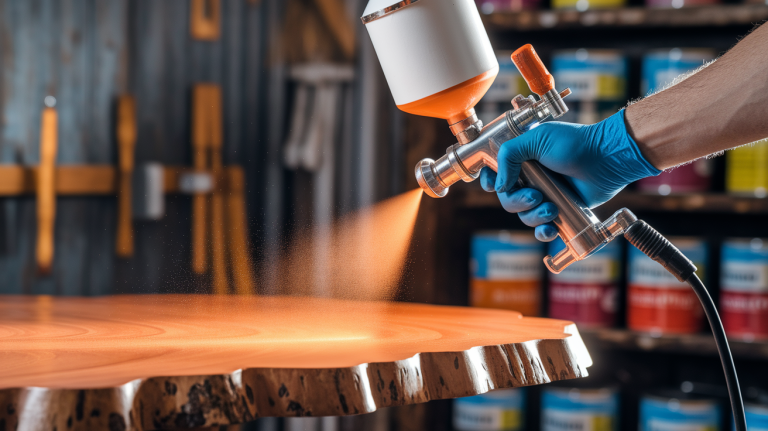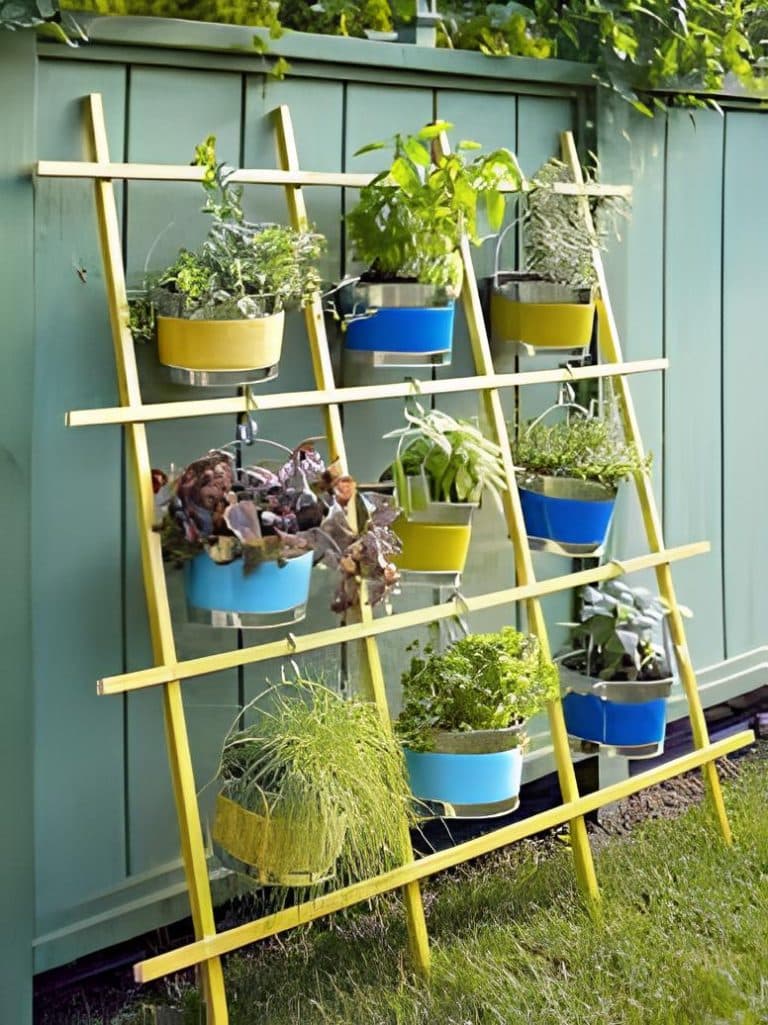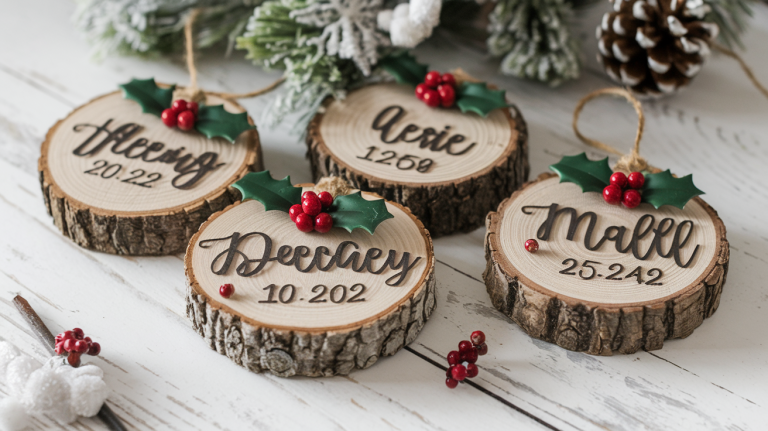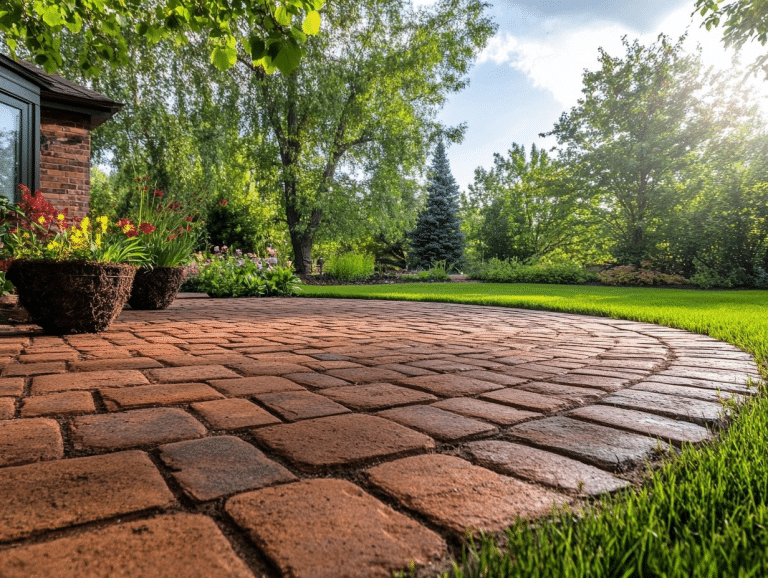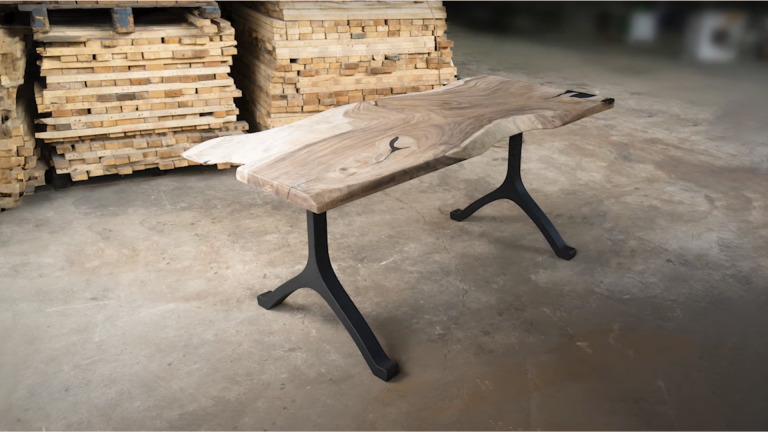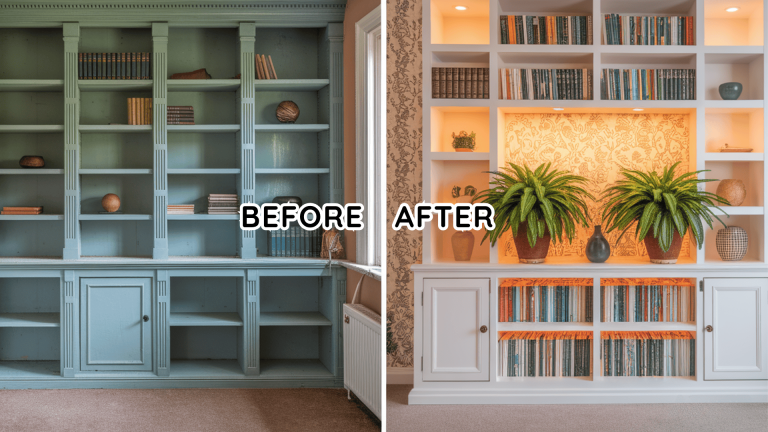The Ultimate Guide to Getting Rid of Chalk Paint
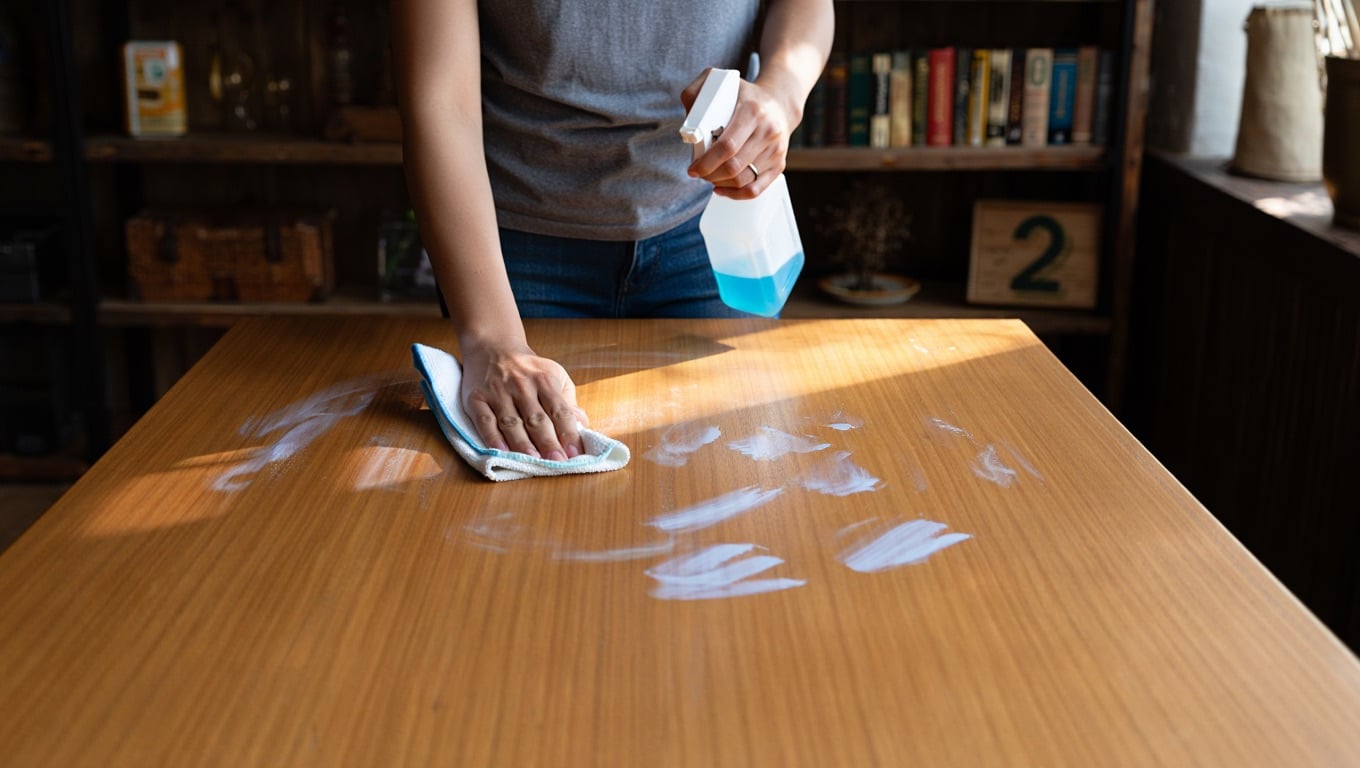
Chalk paint is popular for its easy use and matte finish, making it perfect for DIY projects. However, when you’re ready for a change, you might need to remove it.
Removing chalk paint can be tricky, especially if it’s sealed or layered. But don’t worry! There are simple ways to strip it off without damaging your surfaces.
While it can stick well to surfaces, you don’t always need harsh chemicals.
With the right techniques, you can remove chalk paint quickly and safely, restoring your surface.
Ready to freshen up your project? Let’s get started!
Is Chalk Paint Easy to Remove?
Chalk paint is known for its strong adhesion, which means it can be tough to remove. Unlike regular paint, it sticks well to surfaces, making it harder to strip off.
The difficulty of removal depends on a few factors. For example, if the paint is sealed or has multiple layers, it becomes even more challenging.
But don’t worry, there are methods to help you.
If the paint was applied recently, it’s easier to remove.
Older, well-set chalk paint will need more time and effort to strip off without damaging the surface, but with the help of our guide, it can be removed.
Step-by-Step Guide to Remove Chalk Paint
Removing chalk paint can be a simple task if you follow the right steps.
It doesn’t matter whether you use soap, normal water or vinegar, you can remove with our guide.
1. Removing Chalk Paint With Water and Soap

Here’s how you can remove chalk paint easily with just soap and water:
What You’ll Need:
- Warm water
- Mild dish soap (or gentle detergent)
- Sponge or cloth (soft, non-abrasive)
- Towels (for drying)
Steps to Remove Chalk Paint:
- Prepare Solution: Mix warm water with mild dish soap to help loosen the paint.
- Apply Solution: Soak and wring out a sponge or cloth to avoid excess water.
- Scrub Surface: Gently scrub in circular motions to lift paint without scratching.
- Rinse Off: Wipe with a clean damp cloth, repeating as needed.
- Dry Surface: Use a towel to fully dry before repainting or finishing.
Best For: Fresh chalk paint, unsealed or lightly sealed surfaces, or thin layers of paint.
2. Using a Paint Stripper (Like Bio Strip)
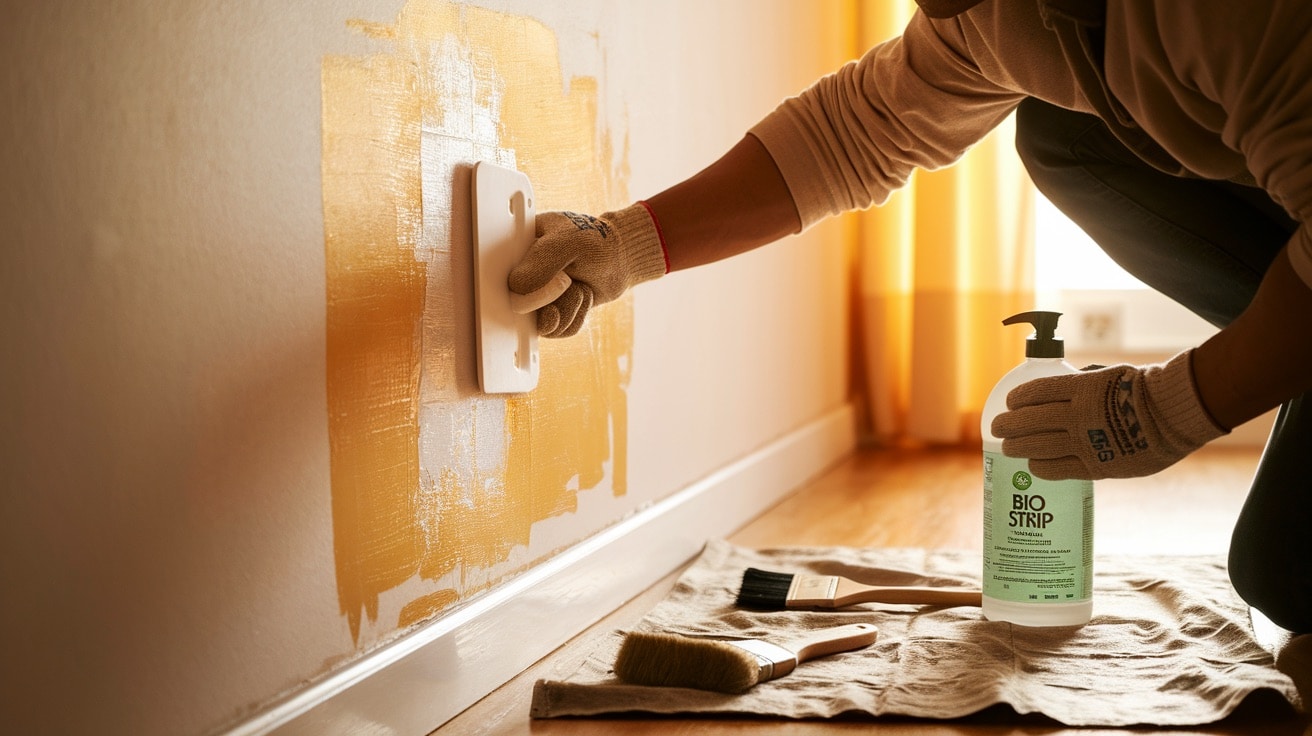
If your chalk paint is old and you want to remove it, use this method.
What You’ll Need:
- Eco-friendly paint stripper (like Bio Strip)
- Paintbrush or applicator
- Plastic scraper (avoid metal to prevent surface damage)
- Gloves (for protection)
- Drop cloths or old newspaper (to protect the area)
Steps to Remove Chalk Paint:
- Prepare the Area: Protect floors and furniture with drop cloths, newspapers, or plastic sheets.
- Apply the Paint Stripper: Use a brush or applicator to coat the surface evenly, following product instructions.
- Wait for the Stripper to Work: Let it sit for the recommended time, usually 20–30 minutes, until the paint bubbles or lifts.
- Scrape off the Paint: Gently remove softened paint with a plastic scraper, working in small sections.
- Repeat if Necessary: Reapply stripper and scrape again for stubborn or thick layers.
- Clean the Surface: Wash with water and mild soap to remove residue.
- Dry the Surface: Allow to dry completely before inspecting for any remaining paint.
Best For: Older chalk paint, thicker layers, sealed surfaces, or surfaces that require a deep clean.
3. Using Vinegar for Chalk Paint Removal

If you don’t have bio-stripper, don’t worry. You can use basic white vinegar too!
What You’ll Need:
- White vinegar
- Water
- Spray bottle
- Plastic scraper or sponge
Steps to Remove Chalk Paint:
- Prepare the Vinegar Solution: Mix equal parts white vinegar and water in a spray bottle to soften the paint.
- Spray the Solution: Lightly coat the painted surface without soaking it.
- Wait for the Vinegar to Work: Let sit for 5–10 minutes to loosen the paint.
- Scrape the Paint: Use a plastic scraper or sponge to gently remove softened paint, starting at the edges.
- Repeat if Necessary: Reapply solution and scrape again for thick or multiple layers.
- Clean the Surface: Wipe with a damp cloth to remove vinegar residue.
- Dry the Surface: Let fully dry before sanding or refinishing.
Best For: Softening and lifting paint on thin layers or less porous surfaces like glass or ceramic.
Common Mistakes to Avoid
Making the right choices helps you get better results when removing chalk paint from your furniture.
Many people try to sand chalk paint without testing a small area first. This can damage the wood underneath and create more work.
Another mistake is using too much water when cleaning, which can make the paint bubble and peel in unwanted ways.
Some folks also forget to remove all hardware like handles and knobs before starting.
Working in direct sunlight or very hot weather can cause products to dry too fast.
Finally, rushing through the process often leads to uneven results and missed spots.
Take your time and follow each step carefully for the best outcome when learning how to remove chalk paint.
The Bottom Line
Removing chalk paint takes patience and the right method, but the results can be worth the effort when you see a smooth, clean surface again.
Choose your approach based on the surface and paint condition, then work slowly to protect the material while lifting the paint away.
Testing your method first can save you time and prevent damage, helping you feel confident while working toward your fresh new look.
Have you tried removing chalk paint from a tricky surface before Tell us how it went and share your tips in the comments below.

